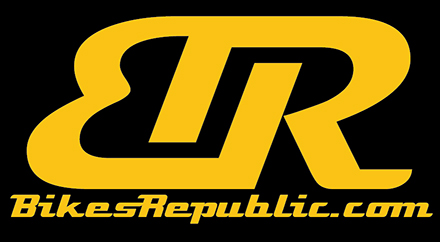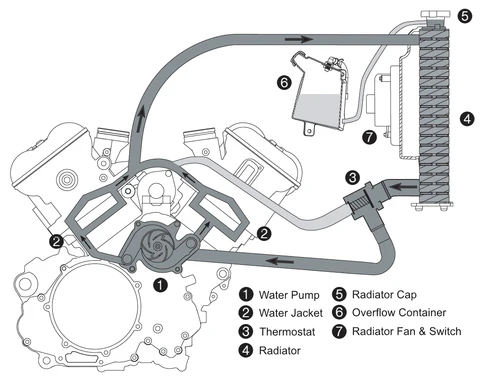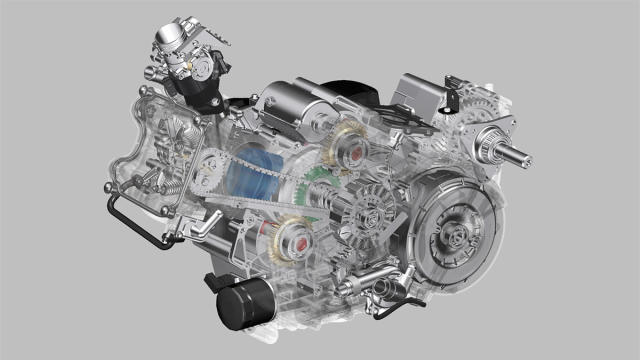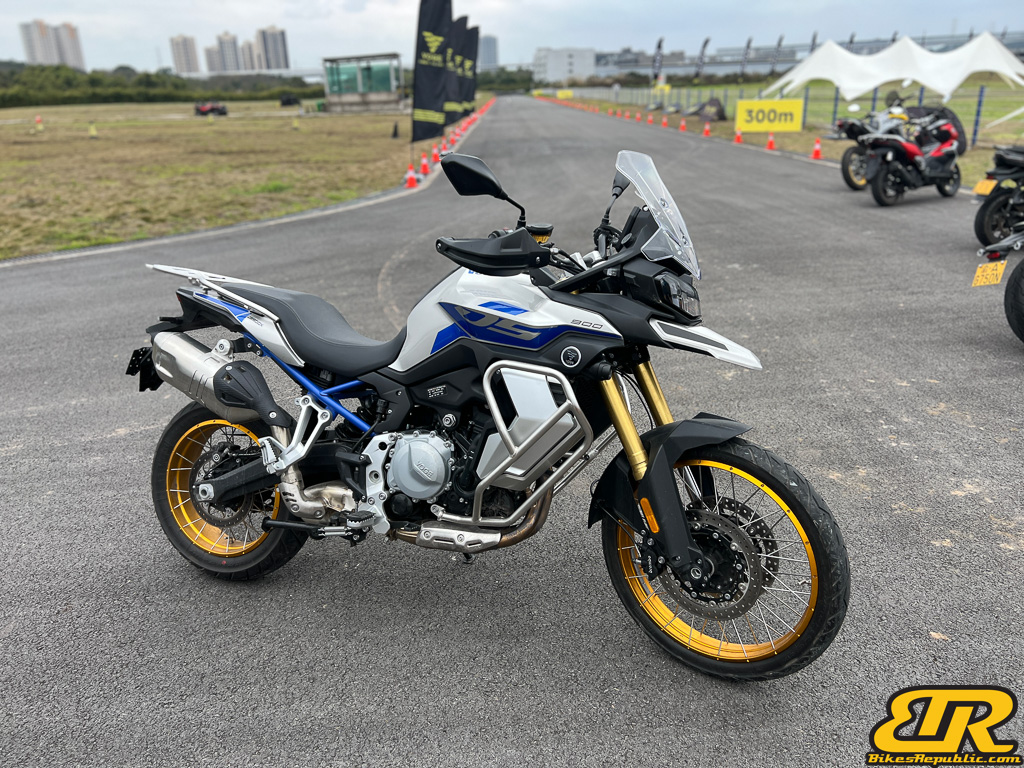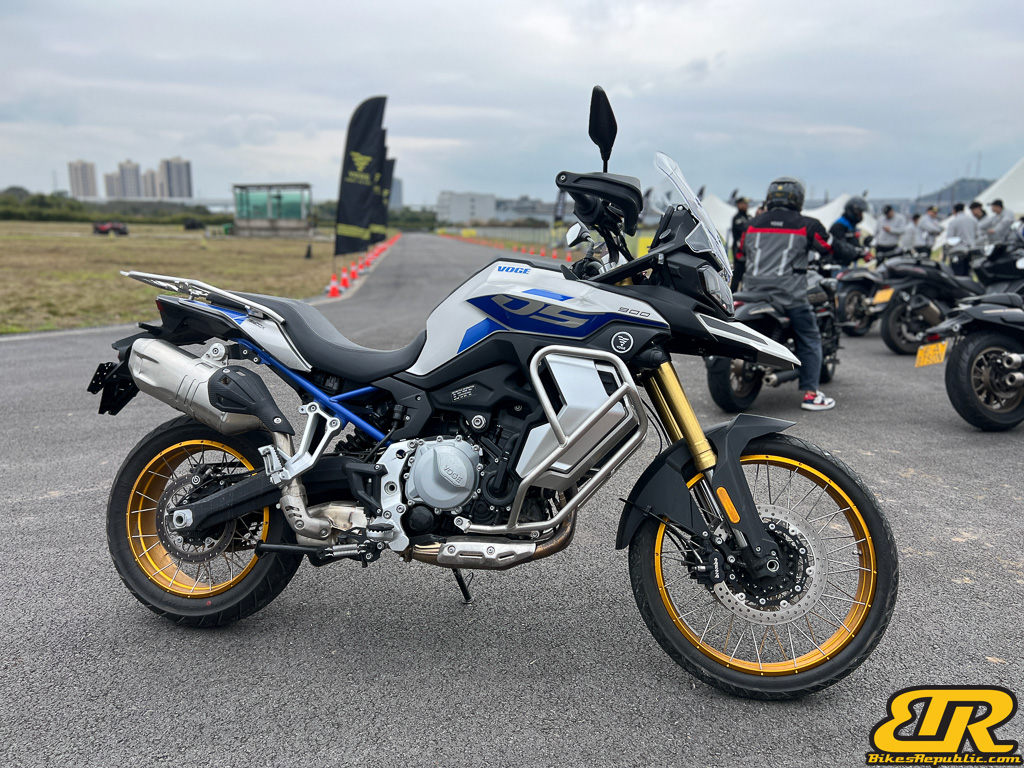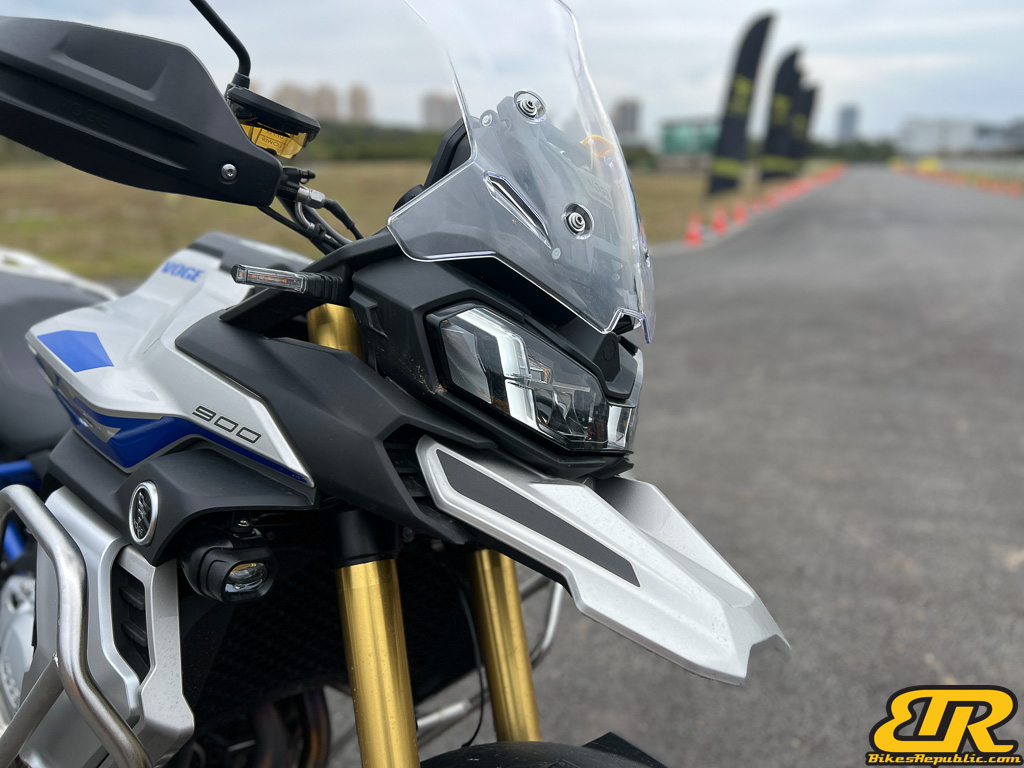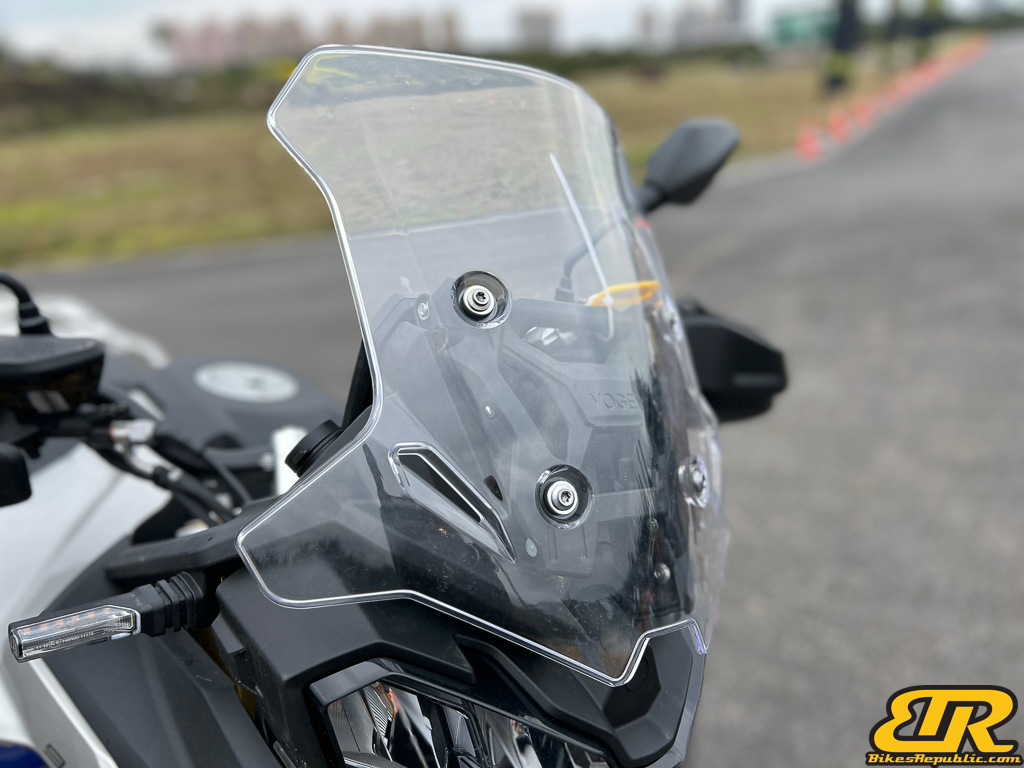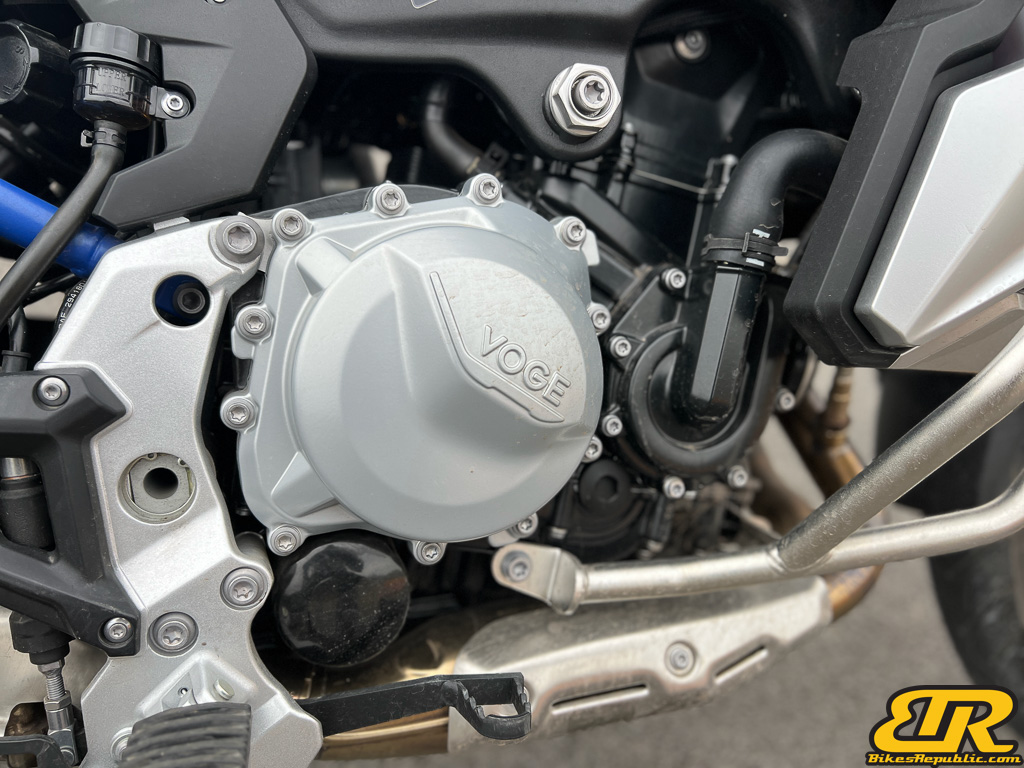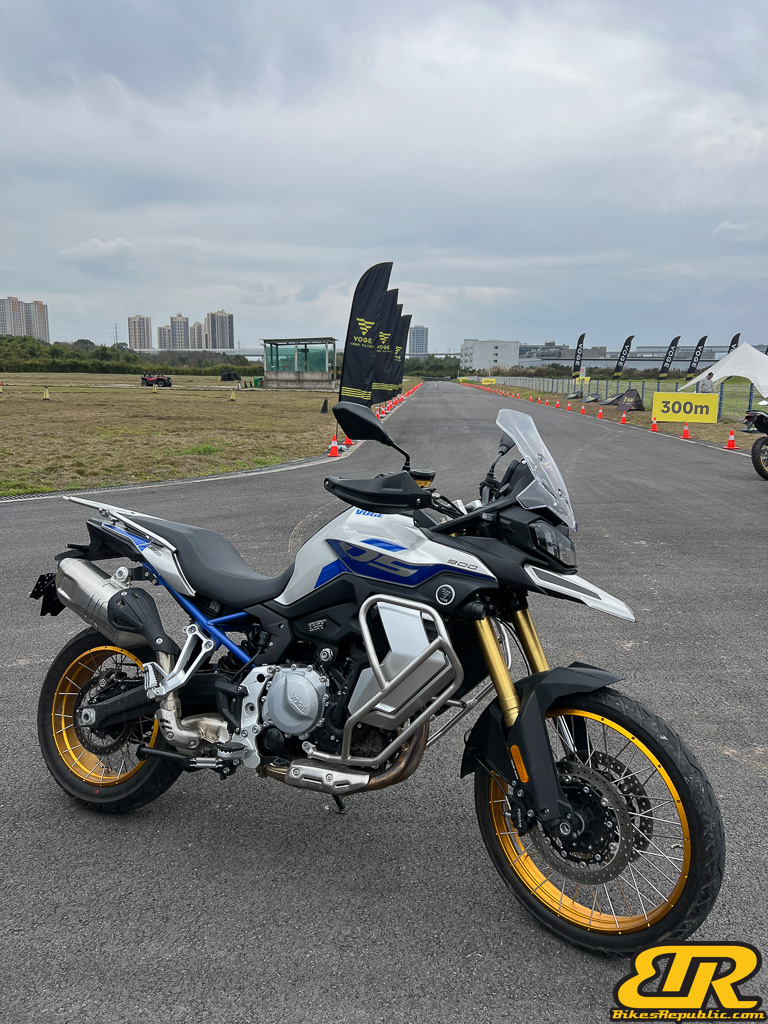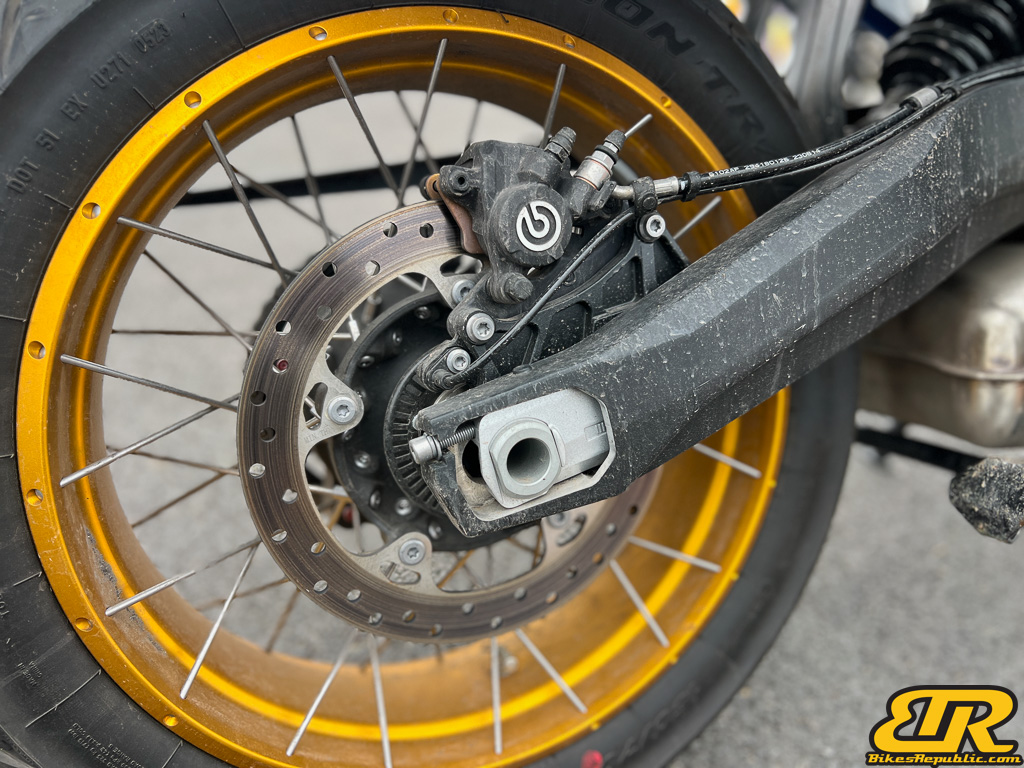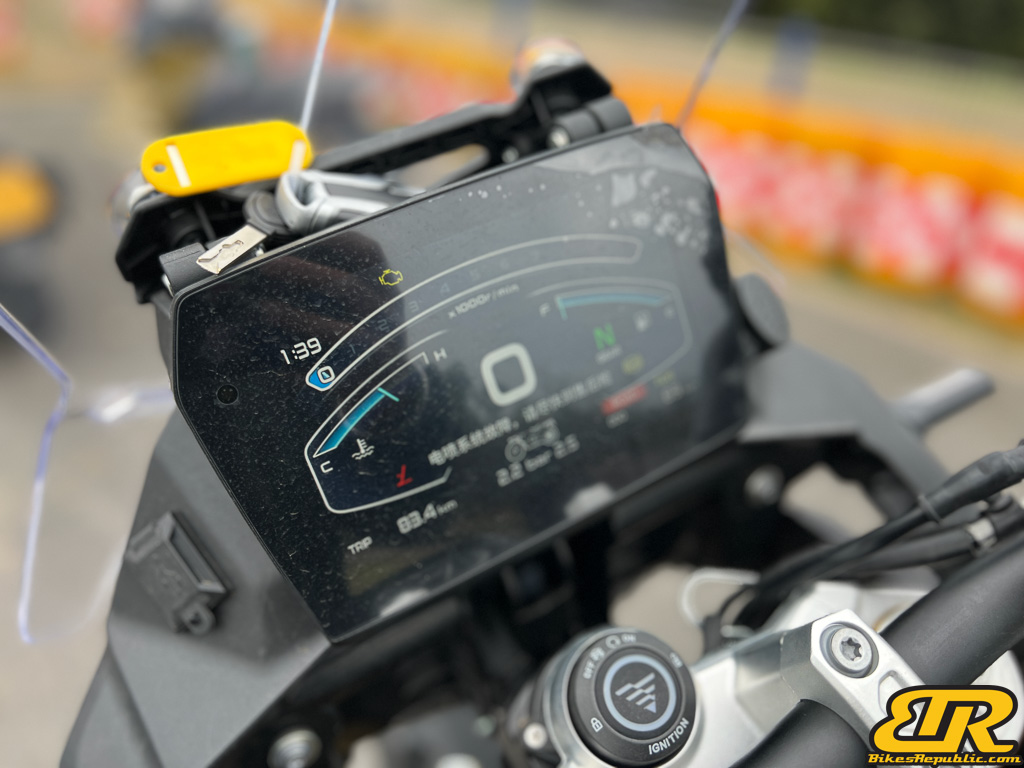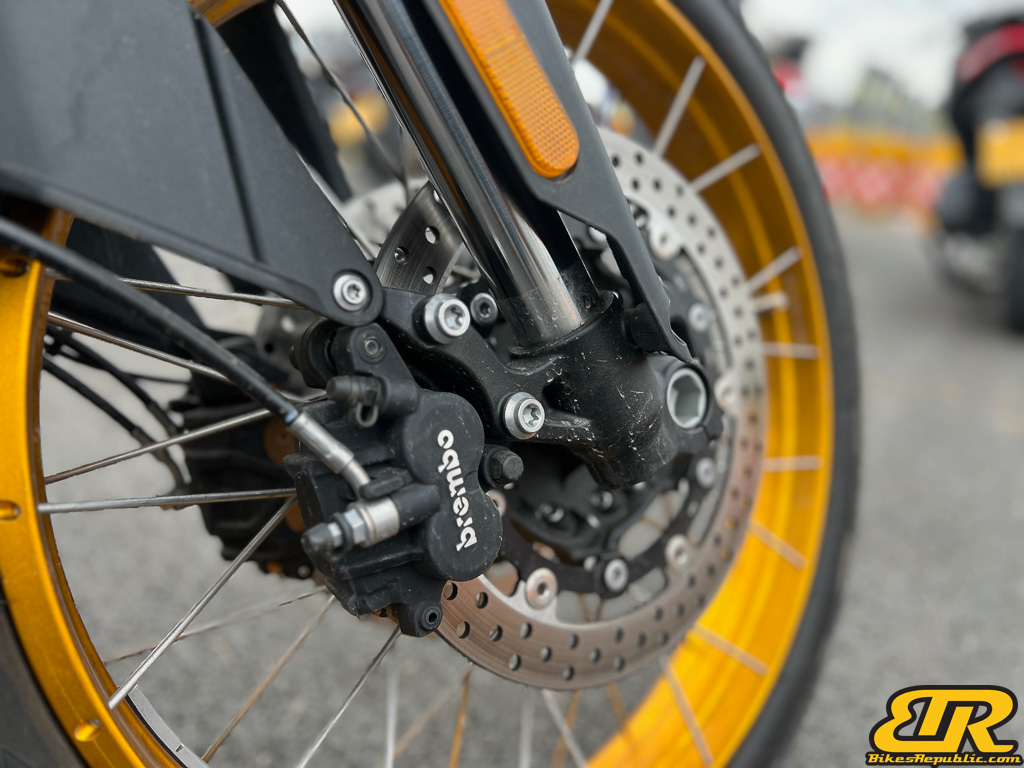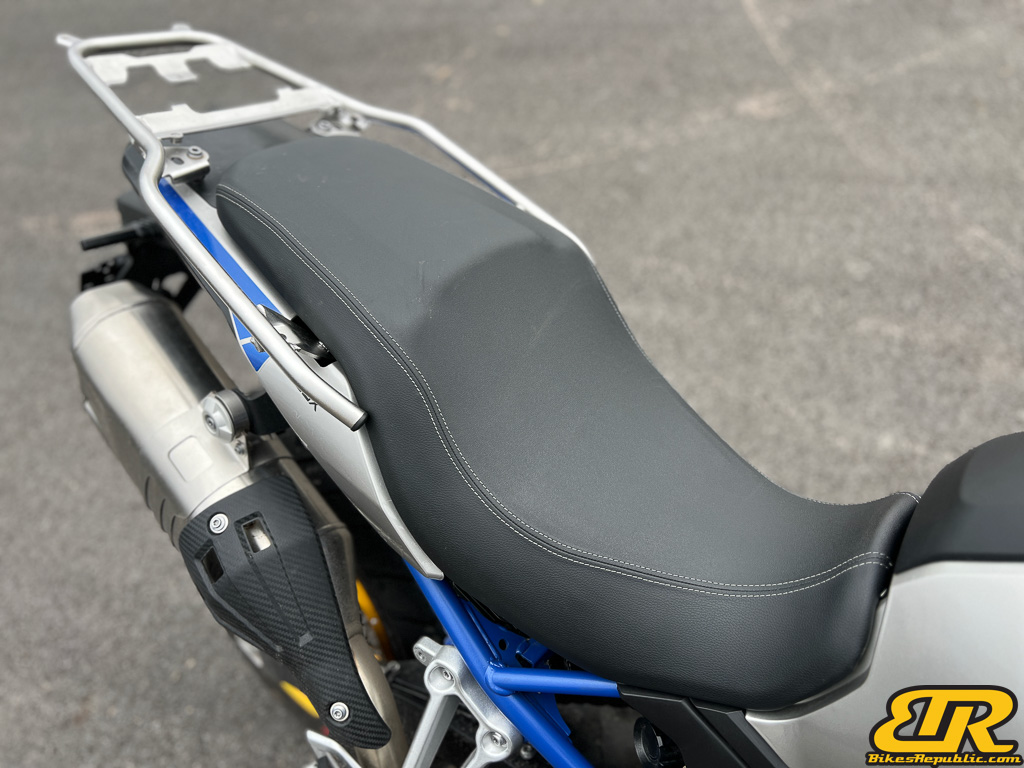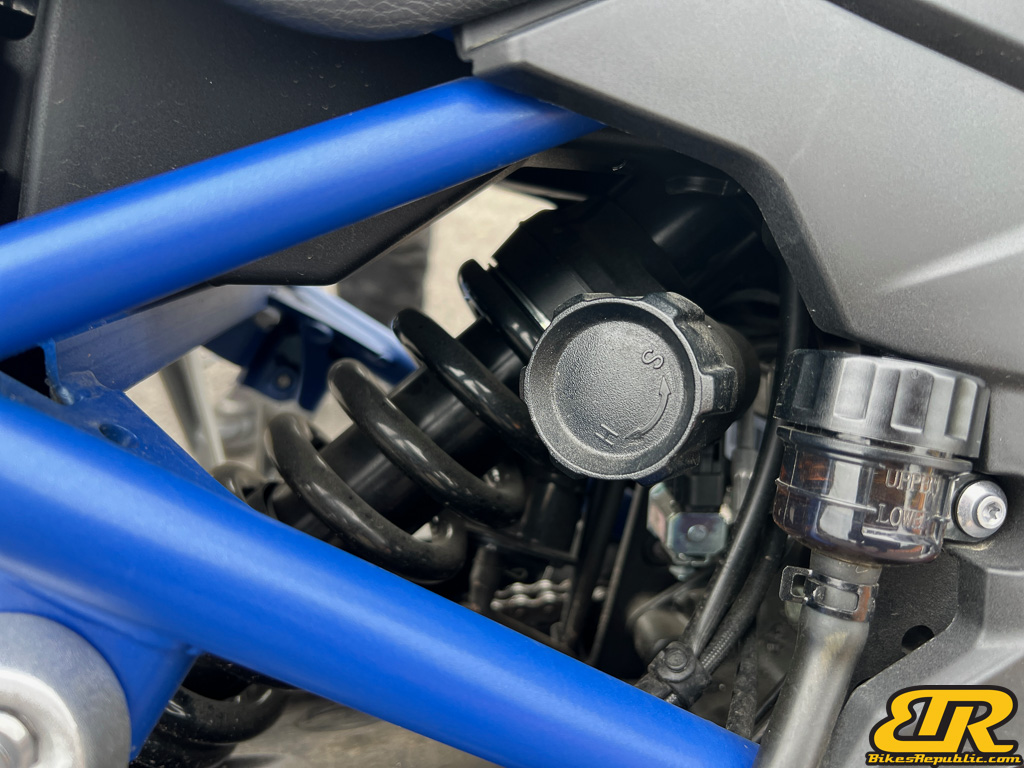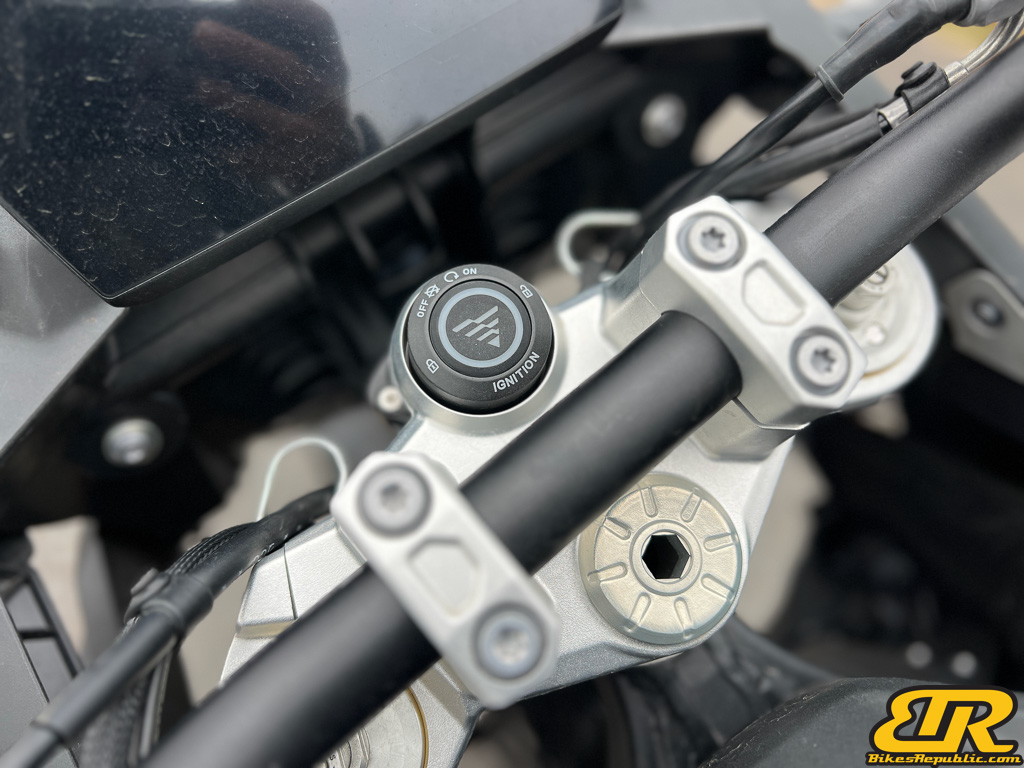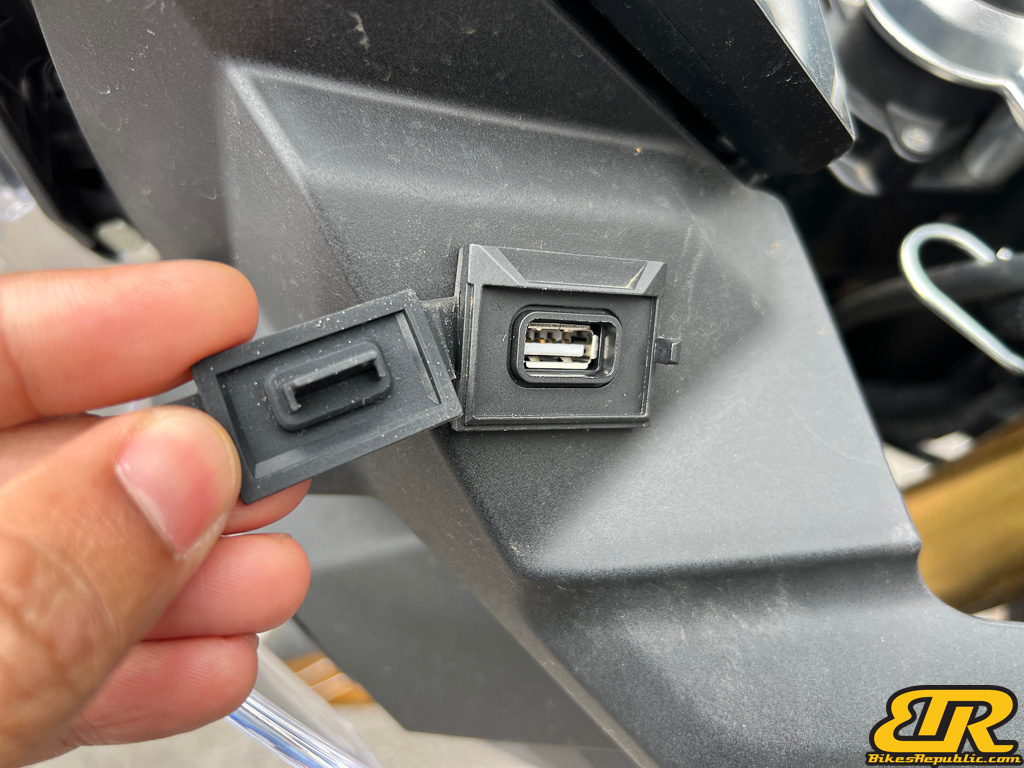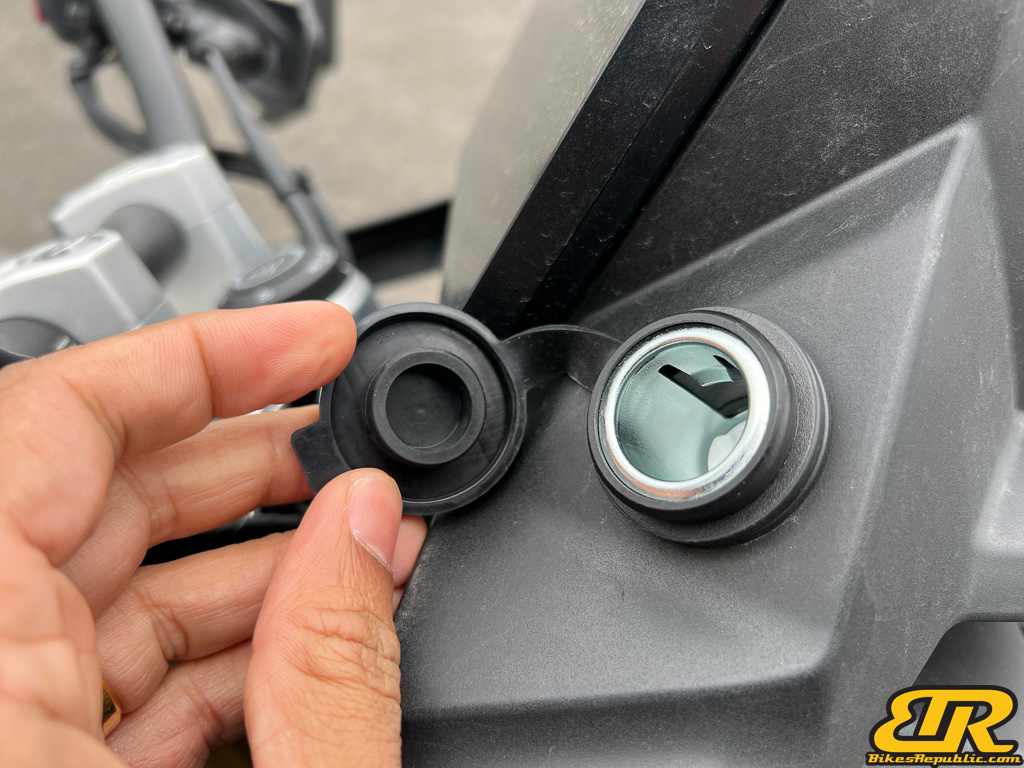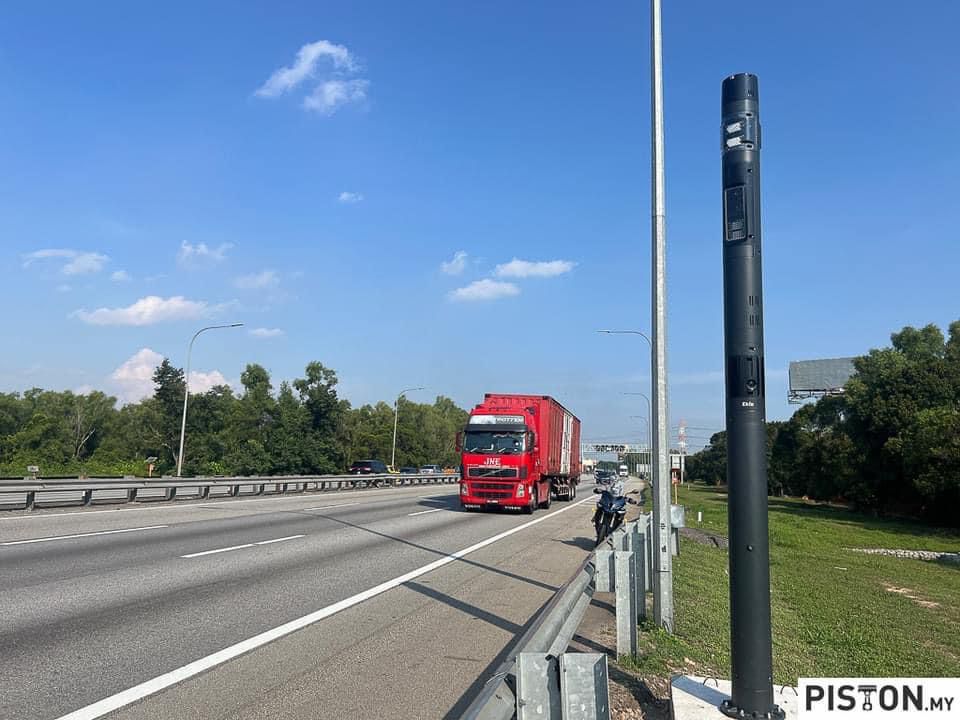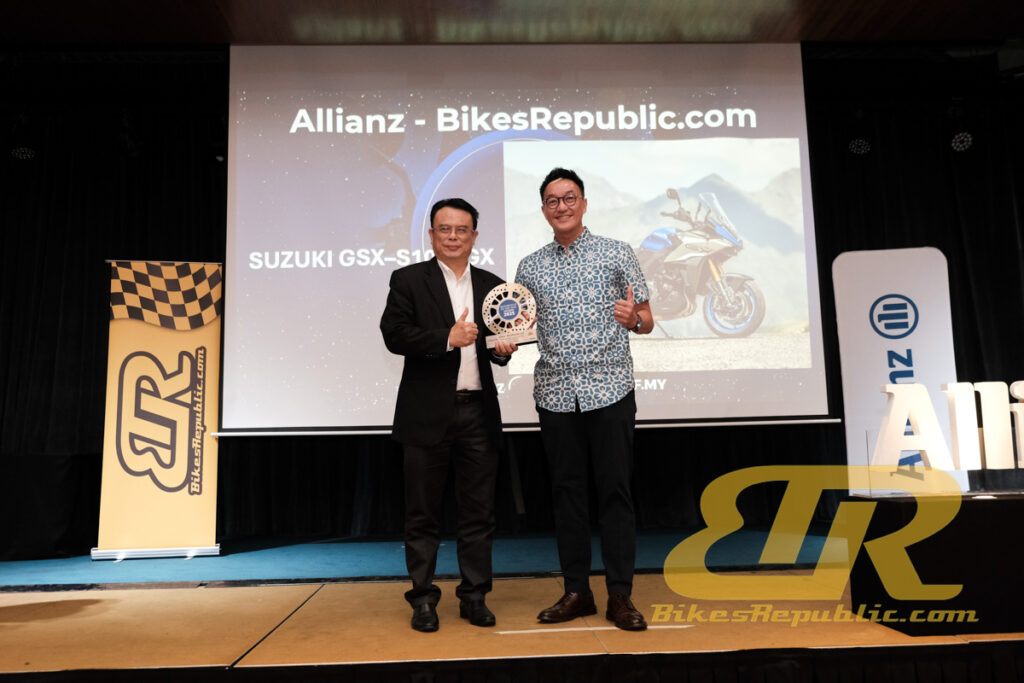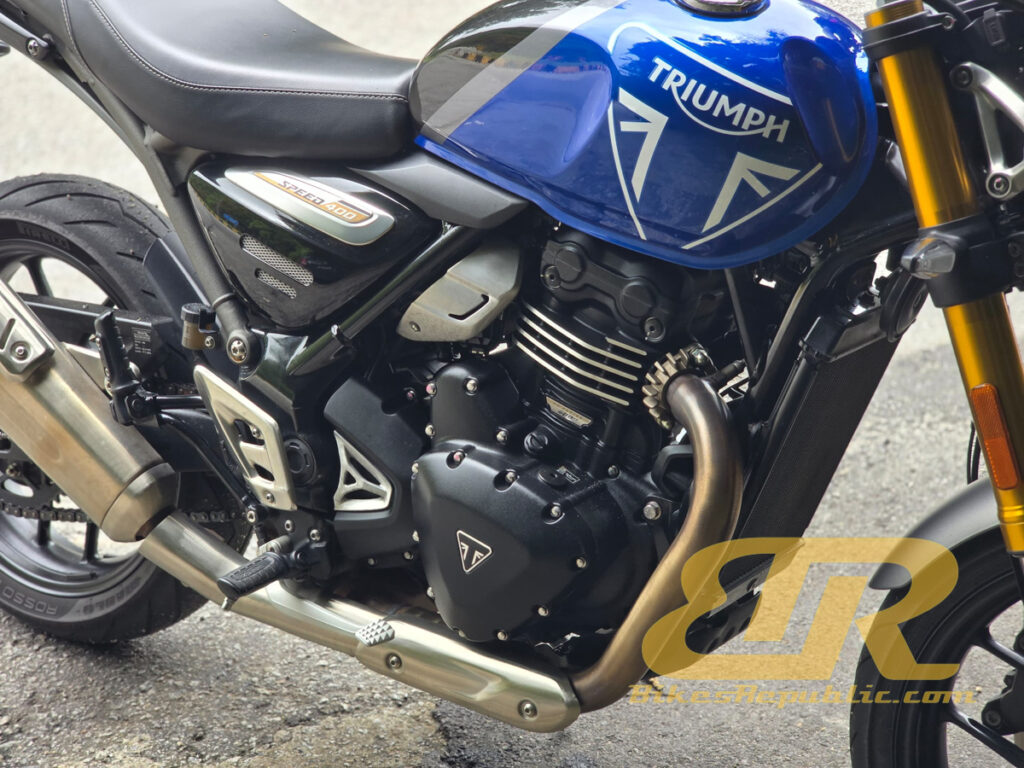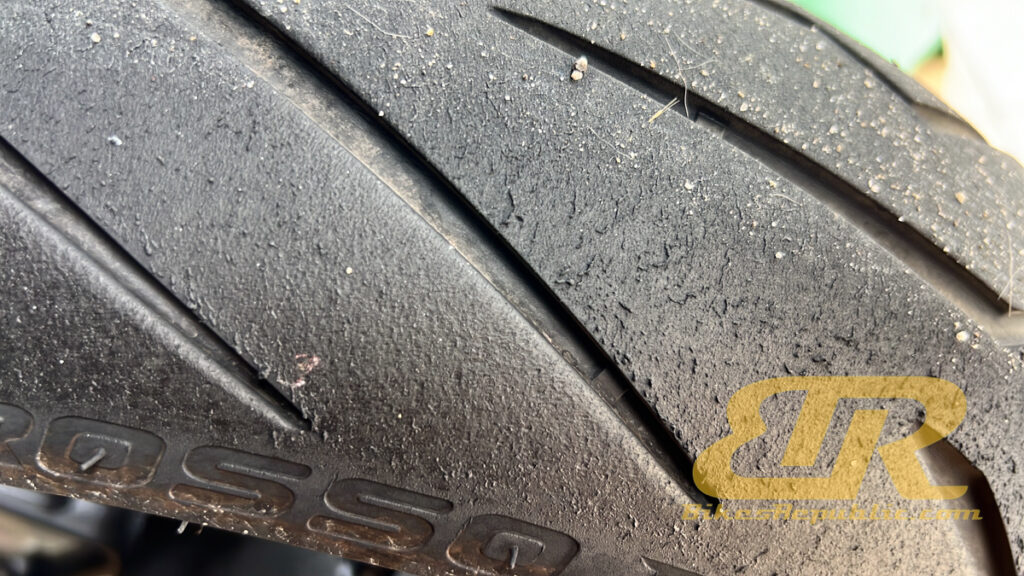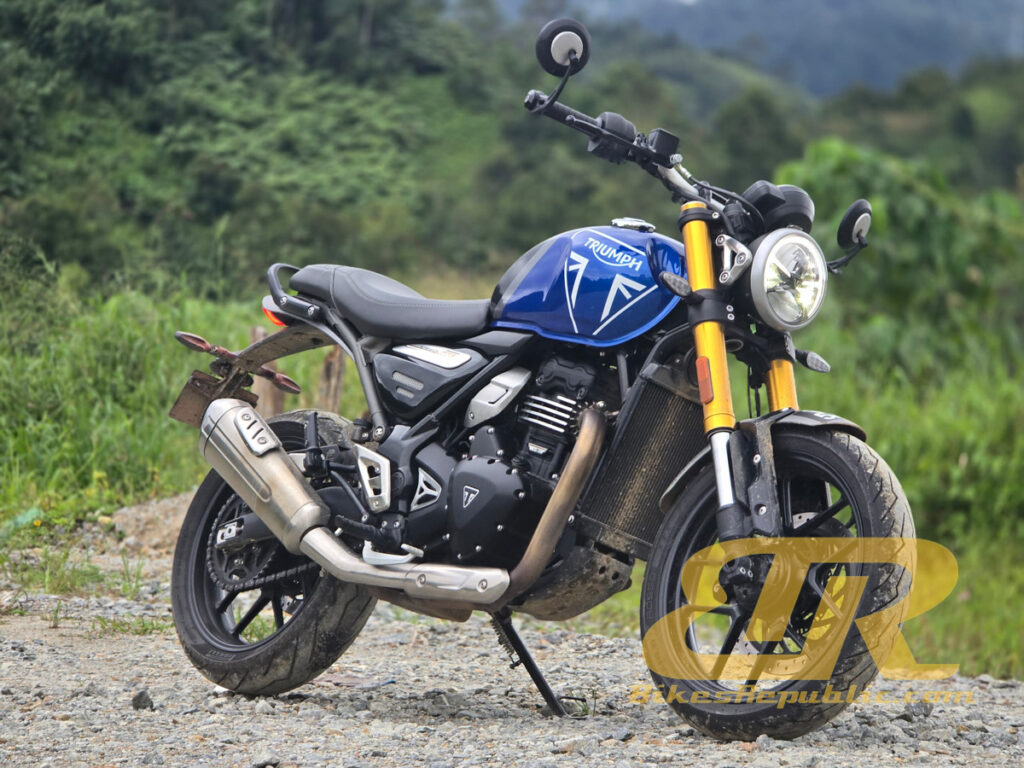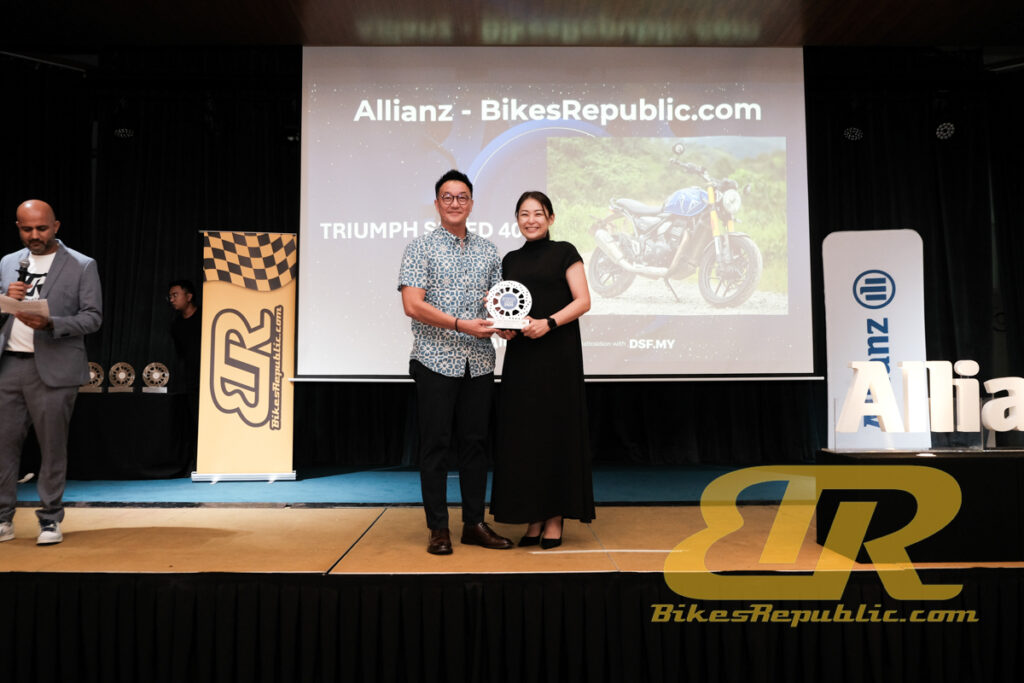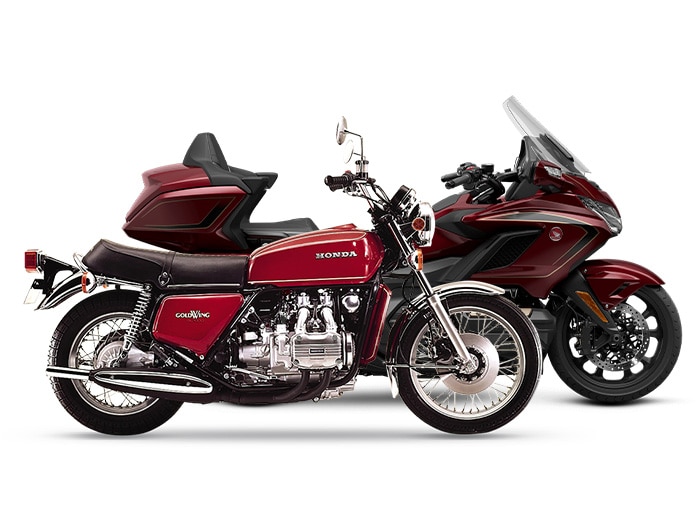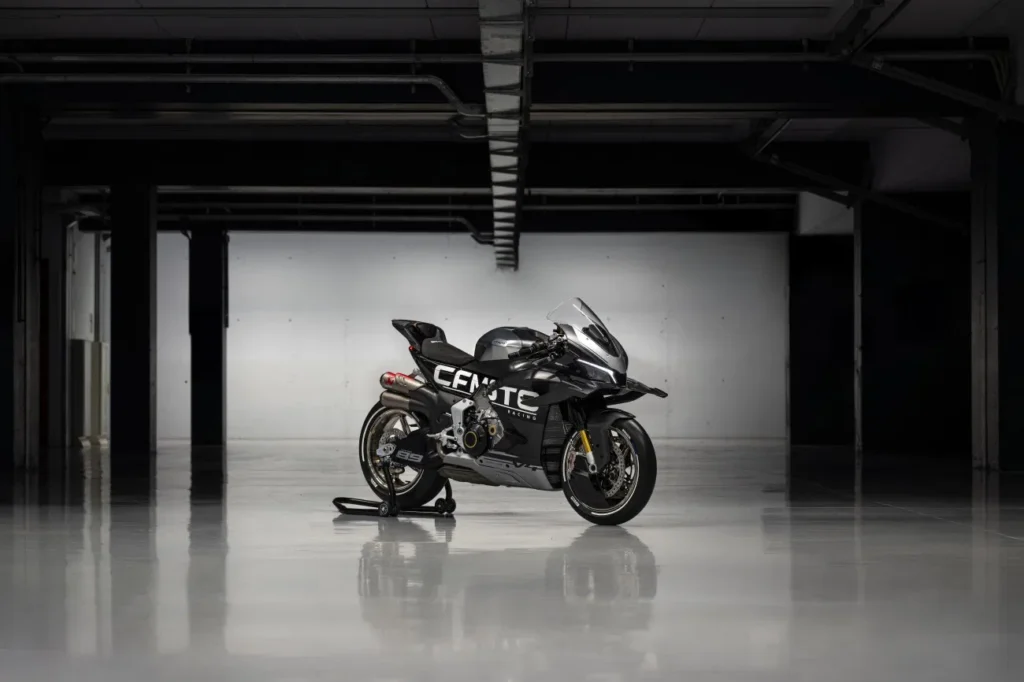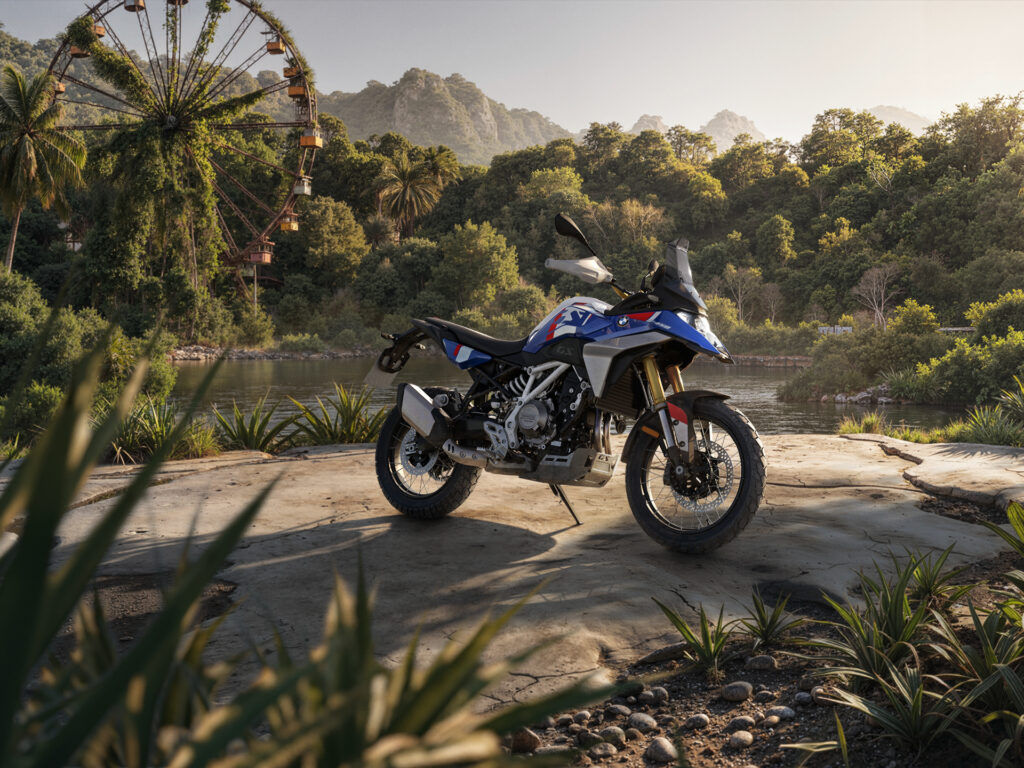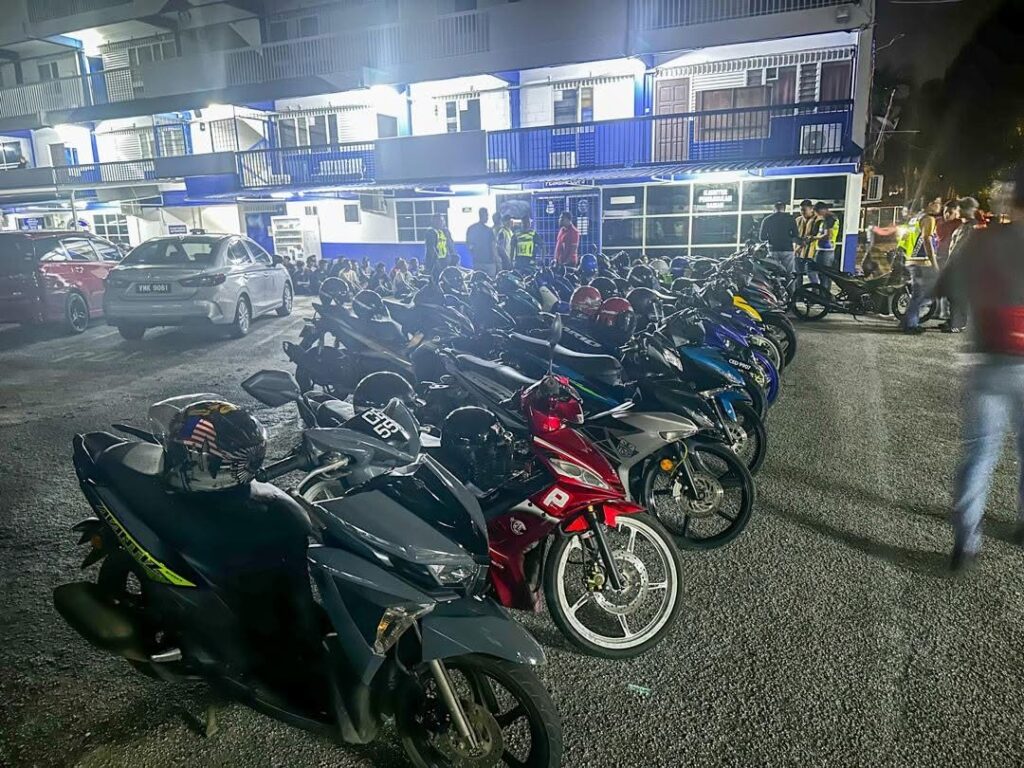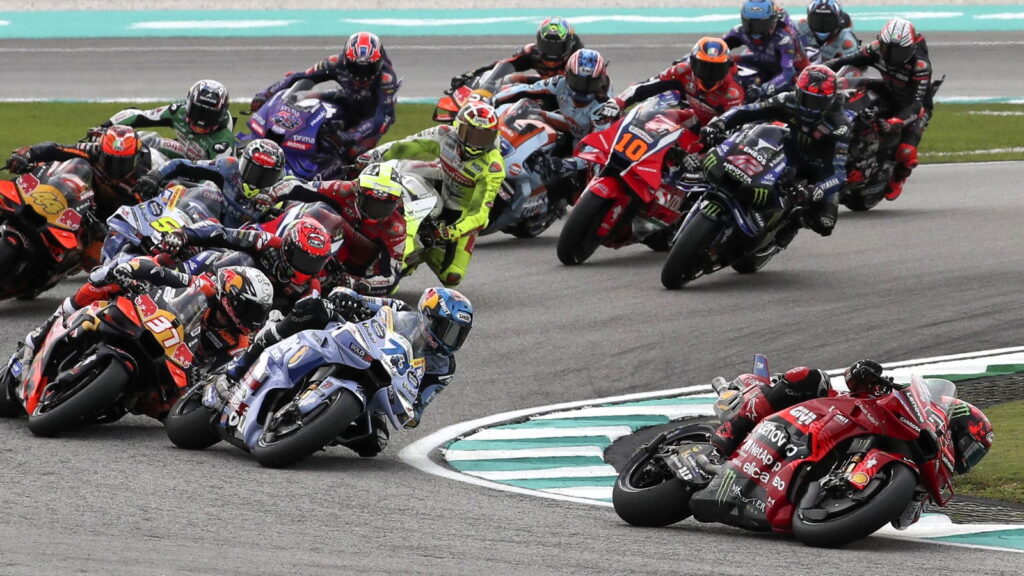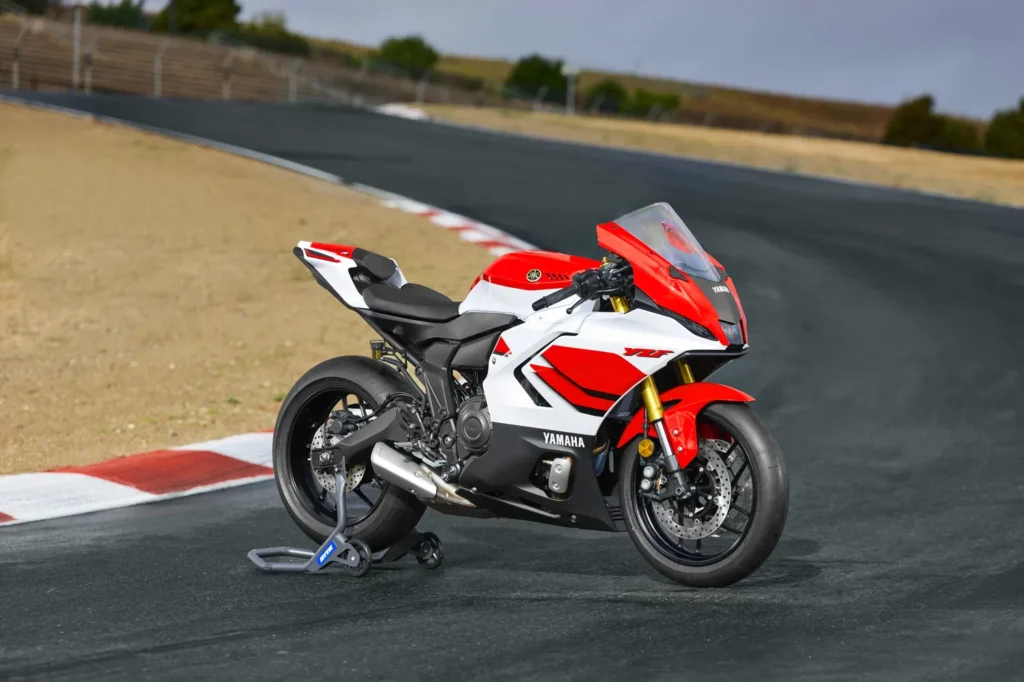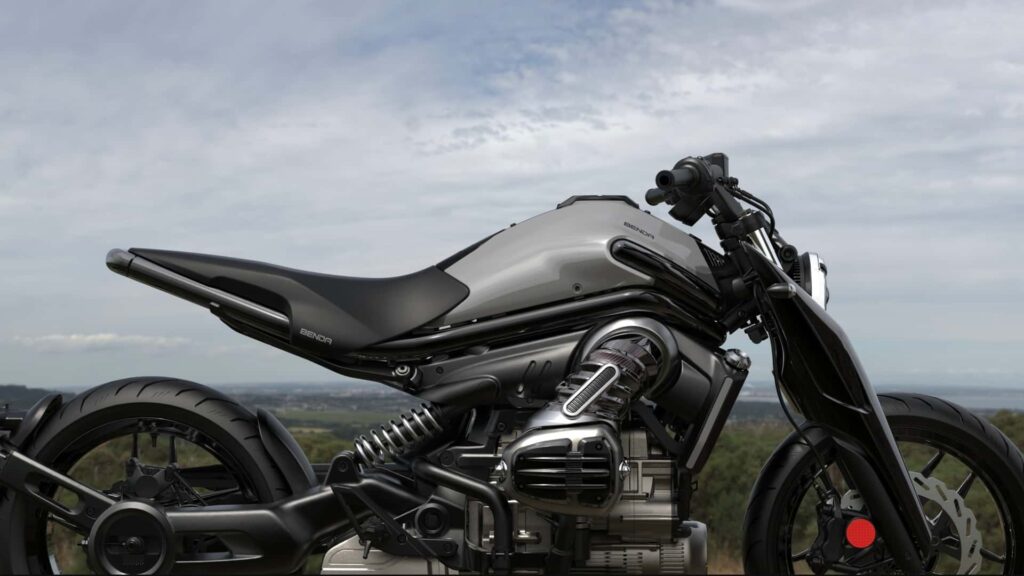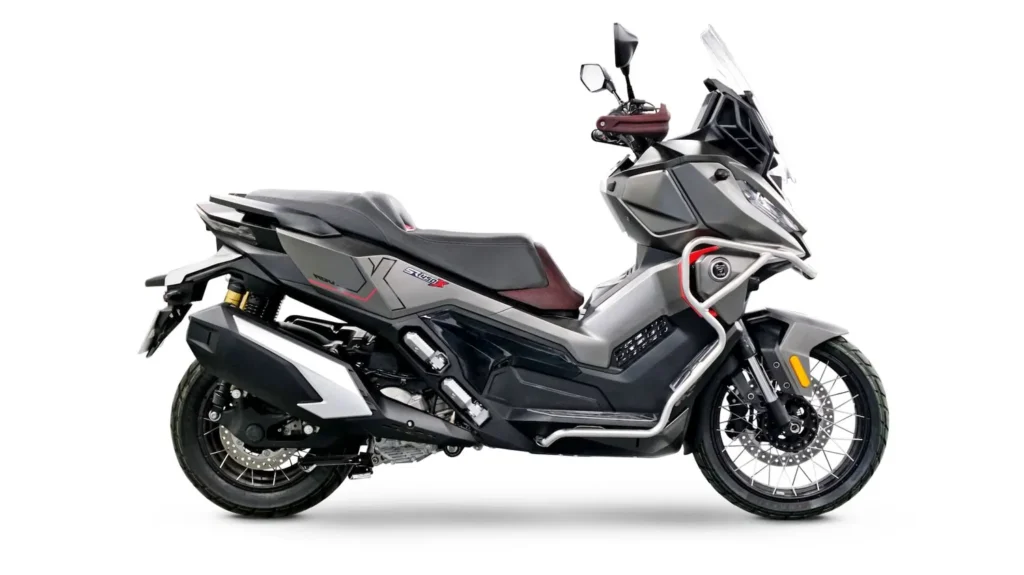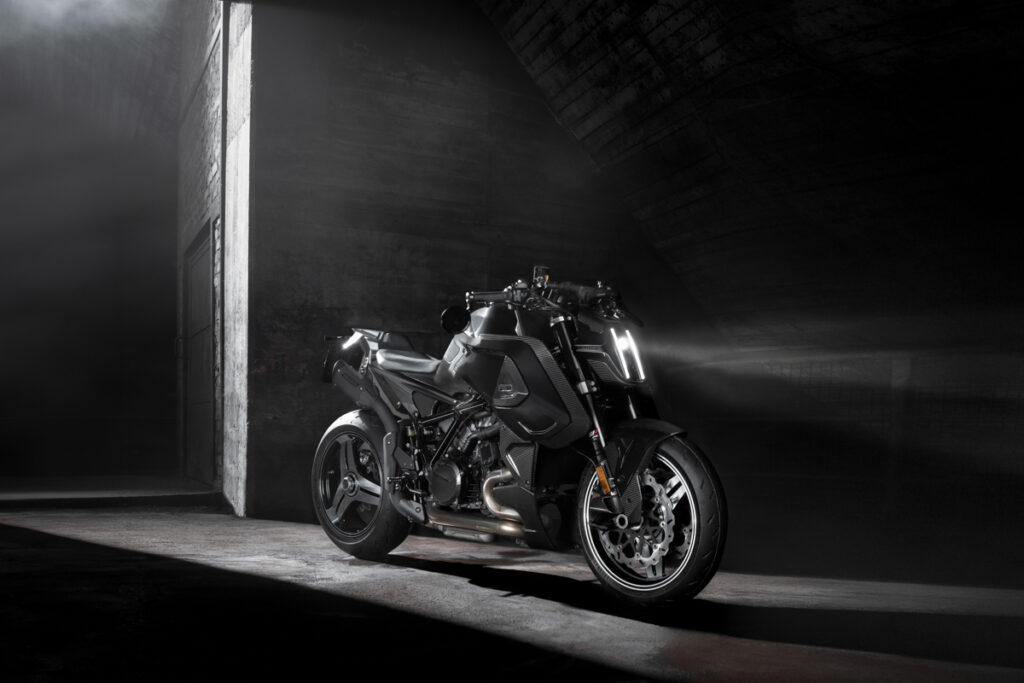The Castrol POWER1 ULTIMATE SUPERBIKE 10W-50 engine has just been launched in Malaysia.
Selecting an engine oil for your pride and joy is no easy task. The market is inundated with tens, if not hundreds, of brands that offer different grades for different types of motorcycles, and different budgets. Even we, despite our experience, find it overwhelming at times.
And, of course, each oil is advertised along the lines of the five main functions of engine oil i.e. 1) Lubrication, 2) Cooling, 3) Cleaning, 4) Prevention against oxidation, 5) Sealing. Not forgetting terms such as superior performance and so forth.
Anyhow, you purchased the oil and tested it on your motorcycle only to find it being “meh,” to say the least. The engine felt sluggish and lazy to accelerate besides sounding noisier (it got worse as the oil wore), seemed to be running hotter, gear changes required the strength of King Kong’s foot, pulling the clutch lever required Conan’s hands, etc. We were exaggerating a little, but you get the idea.
Thinking back to the copywriting, it seems like something was lost in the translation between the technology of the oil to how it performs in the real world. Yes, we have been there, too.
Introduction
However, we have experienced oils that performed as they were advertised, sometimes even better. We found that it came down to well-established brands (no, we were not paid to say this) because they pay a lot of attention to research and development in the real world.
One such brand is Castrol, who have been in business since 1899. It has to be said that the company’s name was derived from castor oil which was added to the company’s early lubricants. Castor oil is a more complex ester compared to general ester. And if you were brought up on two-stroke motorcycles, you would know a famous Castrol product called “Castrol R40.” R40 was added to 2T oil to provide superior protection against seizing (“engine jam” in layman terms).

Moving to the current day, the company has just launched the Castrol POWER1 ULTIMATE SUPERBIKE 10W-50 engine oil. Its specs are:
- Type: Fully synthetic, ester based
- Viscosity grade: 10W-50
- Wet clutch certification: JASO MA2
- Service code: API SN
- Viscosity Index: 169
The most important, yet unfortunately the most overlooked and misunderstood factor above is an oil’s Viscosity Index (VI). It is the measure of how the oil film stays intact when subjected to heat. The higher the VI, the more the oil can stand up to heat without thinning out too much. Hence, 169 is a good.
Additionally, the Castrol POWER1 ULTIMATE SUPERBIKE 10W-50 oil has a 5-in-1 formula, for extra benefits, namely:
- Excellent acceleration.
- Excellent protection.
- Enduring performance.
- Smooth riding.
- Keeps engine cool.
Before you dismiss these points as mere advertising, they were actually tested on the streets and the results verified.
- Excellent acceleration
Proven through a 30-second full-throttle acceleration test. Being on full-throttle is hard on any oil, let alone 30 seconds. To illustrate this point, a superbike takes much less than 30 seconds to cover the Sepang International Circuit’s front straight on full throttle.
Furthermore, Castrol measured distance of the bike running on CASTROL POWER1 ULTIMATE SUPERBIKE 10W-50 and found that it was 8 meters ahead of key competitors during the test.
- Excellent protection
Let us not forget engine protection should not be compromised for performance. An excellent oil needs to protect the engine parts from wear and tear, and this oil was found to provide over 50% more wear protection than standard oil.
- Enduring performance
Nobody wants an oil which stays good only for the first 1000 kilometres (sometimes even less!), only to break down soon after. A good oil should see its performance degrade gradually up to the engine’s service interval. The formulation in CASTROL POWER1 ULTIMATE SUPERBIKE 10W-50 helps the engine to maintain its starting viscosity and keep the engine cleaner for longer.
- Smooth riding
The new lubricant is JASO MA2 rated, which is the highest clutch friction performance rating. This provides a smooth ride by maintaining the right friction level to prevent clutch slippage. Even after 3,000km, the oil kept its MA2 rating, ensuring smoother rides.
- Keeps the engine cool
Remember what we said in the previous article? Despite the advent of liquid-cooling, oil remains as the engine’s essential cooling medium as it circulates where coolant cannot reach such as the piston and rings themselves, valvetrain, crankcase, transmission, clutch. This is one aspect in which viscosity index plays such an important factor.
And, we would like to add that ester has that ability from the outset, which was why Castrol chose to use it as the base oil.
Castrol subjected the new lubricant to mileage accumulation tests on a 300cc and 1000cc bike, and found the oil temperature remained stable throughout the test.
The CASTROL POWER1 ULTIMATE SUPERBIKE 10W-50 was tested among 10 Malaysian bikers for over 2000 kilometres before it was made available to the market. Their testimonials include:
- Smoother clutch engagement.
- Smoother gear changes and better gear synchronisation.
- Much quieter when shifting through gears.
- Riders rated acceleration 85 out of 100 with a noticeable boost in performance.
- All riders will recommend it.
Conclusion
So there you have it, a new oil called CASTROL POWER1 ULTIMATE SUPERBIKE 10W-50 in the market made by a trusted lubricant specialist. It delivers superior performance and protection at the same time. Talk about having your cake and eating it.
